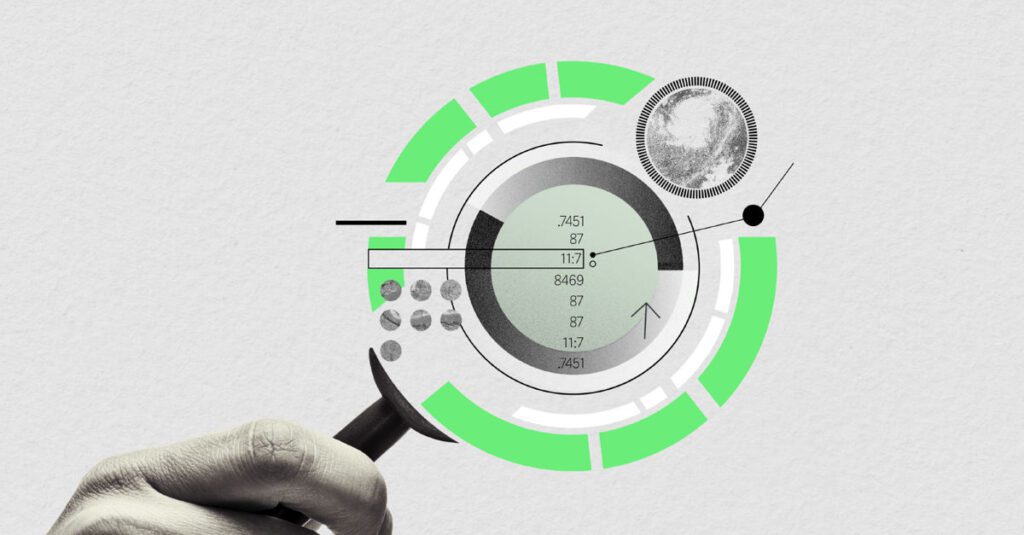So why is this happening? While we don’t know with certainty, some academic economists have offered plausible explanations; the most likely being the development of generative AI. When companies hire, they are making a long-term investment in human capital. If they now believe that the technologies in the pipeline will be able to conduct many of the tasks that new college graduates routinely do, then why hire them? Plus, the overall hiring slowdown might be due to anxiety about the outlook for the economy.
So what does this mean for the future of business organizations? After all, if they stop hiring young graduates who can use common office software and write short reports, confident that those functions can be handled by a machine, how will they develop people to become organization leaders over time? I don’t know the answer to that question, but it will need to be addressed.
Meanwhile, college students might have to rethink what they study. For years, STEM fields (that is, science, technology, engineering, and math) were popular. Yet machines will be able to do most of STEM, thereby potentially reducing demand for STEM employees. But gen AI will not be able to lead people, make strategic decisions, show empathy, generate enthusiasm, communicate goals, or innovate. These will remain human functions. The question then is what should a student study to develop these capabilities? Perhaps the answer will involve a range of fields like literature, history, psychology, or anthropology. We’re clearly in the early days of what could be a revolution in thinking about corporate organizations and academic goals.
- What about AI’s impact on the overall job market? There is some evidence that many large companies are now dismissing existing workers, partly due to plans to further utilize AI.
Challenger & Grey does a monthly survey to determine how many jobs are being eliminated and how many jobs companies and government agencies plan to create. The latest survey found that, in September, 54,064 US jobs were eliminated; of these, 13,622 were cut due to businesses or facilities closing; 8,930 were cut due to market or economic conditions; and 7,000 were cut due to AI implementation. For the first nine months of 2025, 17,375 jobs were cut due to AI. This was out of over 900,000 jobs cuts. Thus, the September number indicates that AI is quickly becoming a far more important reason for dismissals than before.
The acceleration in AI-related job dismissals comes at a time when overall dismissals are up sharply. The survey found that, in 2024, the number of dismissals in the first nine months was 609,242, while, in the first nine months of 2025, it was 946,426—a 55% increase. This was largely due to DOGE, accounting for roughly one-third of dismissals so far in 2025.
Alternatively, a Yale Budget Lab study found that AI is not yet a significant cause for job loss, stating that “metrics indicate that the broader labor market has not experienced a discernible disruption since ChatGPT’s release 33 months ago, undercutting fears that AI automation is currently eroding the demand for cognitive labor across the economy.” It acknowledged that AI will probably have a big impact on the labor market, but it will take time before that happens.
Still, there is anecdotal evidence that some companies are replacing workers with AI. For example, a tech startup in India is selling an AI tool to companies operating call centers—meant to enable these companies to cut their workforces by 80% and still deliver call center services. Several large US-based companies have also announced sizable layoffs, with the intention of using technology as a substitute for labor.
Clearly, something is starting to happen, although not necessarily on a scale that would move national or global numbers. Yet, this activity will likely accelerate in the future. The real question, then, is whether or not companies that make this transition obtain significant productivity gains. In the 1980s and early 1990s, many companies purchased computers for their workers, yet, we didn’t see gains show up in productivity numbers until the late 1990s. It took time for companies to figure out the most effective and efficient ways to use new technology. Something similar could happen again.

